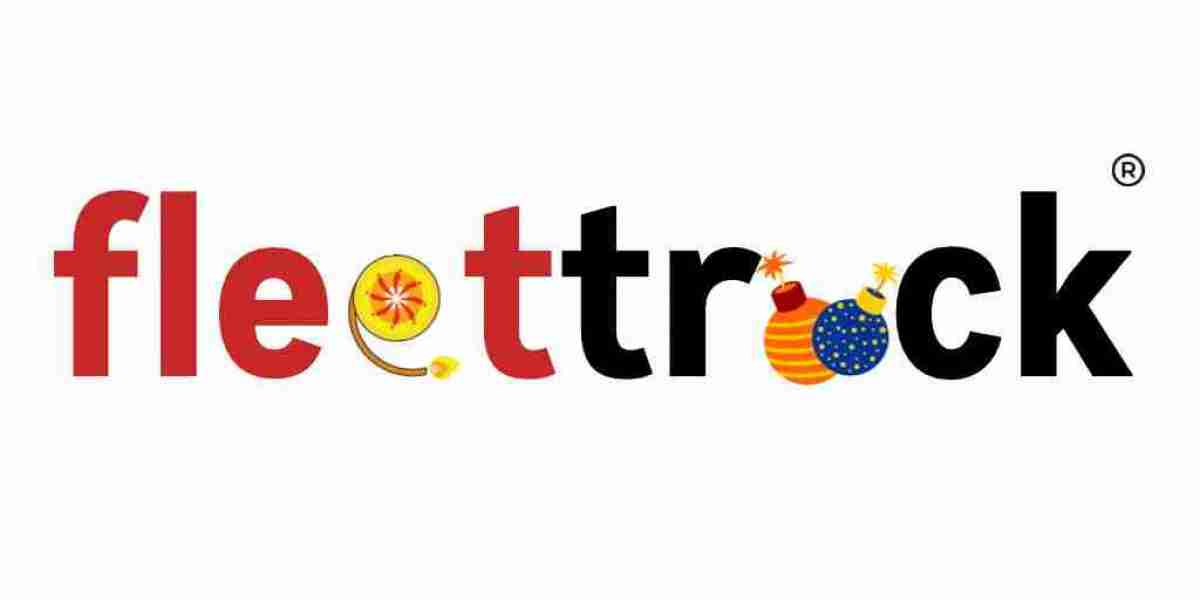In the fast-paced restaurant industry, grabbing customers' attention and enhancing their dining experience is crucial. Digital signage has emerged as a powerful tool to achieve these goals, offering dynamic content delivery and a modern touch to restaurant environments. To maximize the benefits of restaurant digital signage, it's essential to focus on the key features that can make a significant impact. Here are the five key features your restaurant's digital signage must have to stand out and thrive.
1. High-Quality Display
The foundation of effective restaurant digital signage is a high-quality display. Your signage needs to be visually appealing and clear from a distance. Here’s why a high-quality display is a non-negotiable feature:
- Resolution: Ensure your screens support Full HD or 4K resolution. This ensures that text, images, and videos are sharp and easy to read, even from a distance.
- Brightness: Restaurant environments can vary greatly in lighting conditions. Opt for screens with high brightness levels to ensure visibility even in bright daylight.
- Durability: Restaurant environments can be harsh, with exposure to heat, grease, and moisture. Choose displays designed to withstand these conditions to ensure longevity.
A high-quality display sets the stage for all other features and ensures that your content is always presented in the best possible light.
2. Content Management System (CMS)
A robust Content Management System (CMS) is at the heart of any successful digital signage strategy. It allows you to create, schedule, and manage your content effortlessly. Here are some essential capabilities to look for in digital signage software:
- User-Friendly Interface: The CMS should be intuitive and easy to use, allowing your staff to update content without extensive training.
- Content Scheduling: The ability to schedule content in advance is crucial. This feature ensures that the right message is displayed at the right time, whether it's promoting breakfast specials in the morning or happy hour deals in the evening.
- Templates and Widgets: Pre-designed templates and widgets can save time and help maintain consistency across your signage. Look for a CMS that offers a variety of customizable templates.
With an effective CMS, you can ensure your restaurant’s digital signage is always up-to-date and relevant, engaging customers with timely promotions and information.
3. Interactive Features
Interactive digital signage takes customer engagement to the next level. By allowing customers to interact with your displays, you can provide a more immersive and personalized experience. Here are some interactive features to consider:
- Touchscreen Capabilities: Touchscreen displays enable customers to browse menus, place orders, or learn more about your offerings. This can reduce wait times and enhance the overall customer experience.
- QR Codes: Incorporate QR codes that customers can scan with their smartphones. These codes can link to menus, special offers, or loyalty programs, providing an easy way for customers to access additional information.
- Social Media Integration: Encourage customers to share their experiences by integrating social media feeds into your digital signage. Displaying user-generated content can build a sense of community and authenticity.
Interactive features not only engage customers but also provide valuable data that can inform your marketing strategies and improve customer satisfaction.
4. Dynamic Content
Static images and text can quickly become stale and fail to capture attention. Dynamic content, on the other hand, keeps your digital signage fresh and engaging. Consider incorporating the following types of dynamic content:
- Video: Videos are highly engaging and can convey more information in a shorter time compared to static images. Use videos to showcase menu items, behind-the-scenes footage, or customer testimonials.
- Animations: Subtle animations can draw attention to specific promotions or announcements without overwhelming the viewer.
- Real-Time Updates: Integrate your digital signage with your POS system or social media accounts to display real-time updates such as new menu items, customer reviews, or live event feeds.
Dynamic content ensures your digital signage remains interesting and relevant, encouraging customers to pay attention and engage with your messages.
5. Remote Management
For restaurants with multiple locations, remote management is a critical feature. It allows you to control and update your digital signage across all locations from a central point. Here’s why remote management is essential:
- Consistency: Ensure consistent messaging and branding across all locations. This helps maintain a cohesive brand image and prevents discrepancies.
- Efficiency: Save time and resources by updating content remotely rather than having to make changes at each individual location.
- Monitoring and Maintenance: Remote management tools often include monitoring features that alert you to any issues with your displays. This allows for quick troubleshooting and minimizes downtime.
Remote management simplifies the process of keeping your digital signage network up-to-date and ensures that your messaging is consistent and effective across all your restaurant locations.
Conclusion
Incorporating digital signage into your restaurant can significantly enhance customer engagement and streamline your operations. By focusing on high-quality displays, a robust CMS, interactive features, dynamic content, and remote management capabilities, you can create an effective and impactful digital signage strategy. Investing in these key features will not only improve the dining experience for your customers but also set your restaurant apart in a competitive market. Embrace the power of digital signage software to transform your restaurant and captivate your audience like never before.







